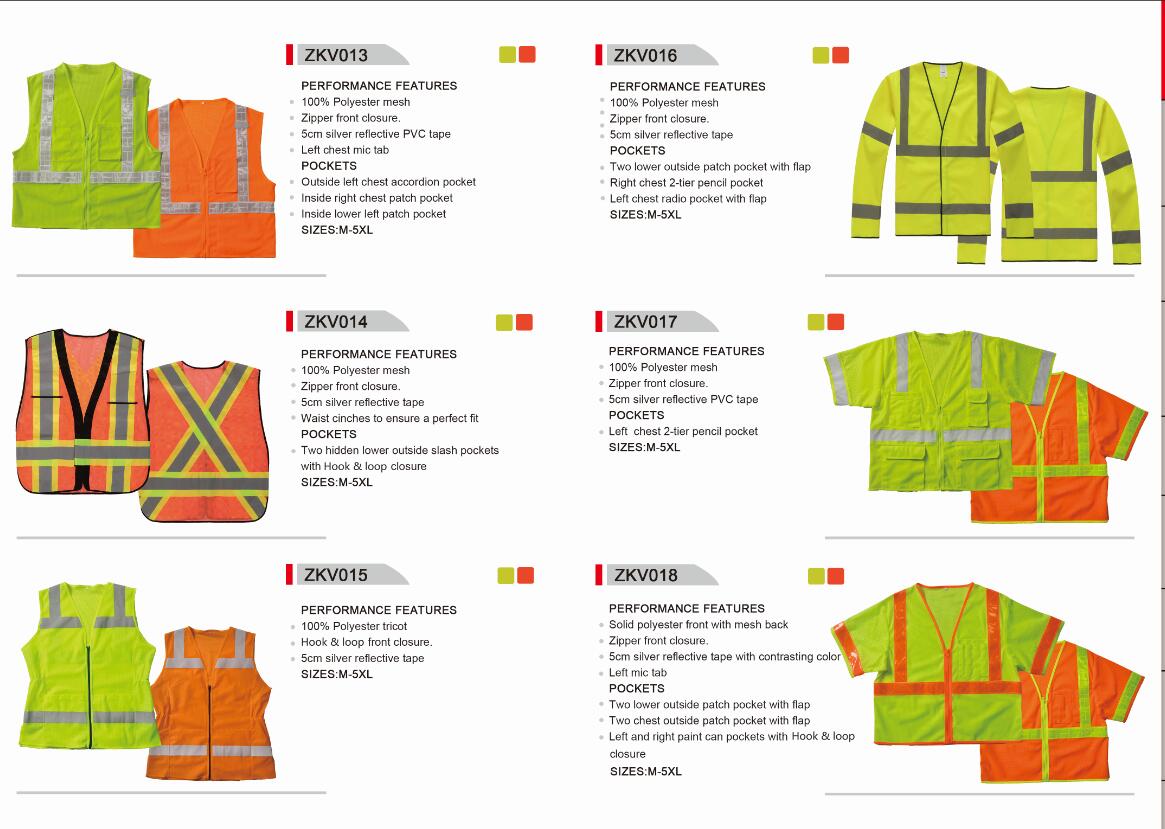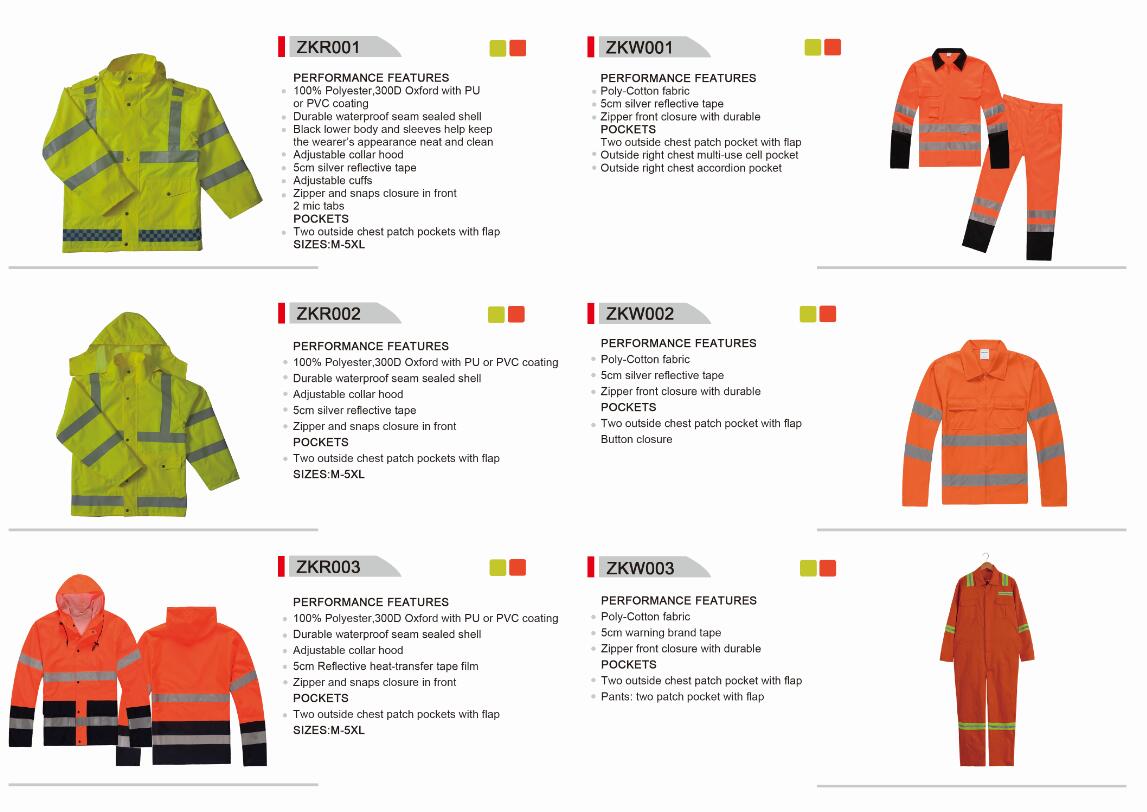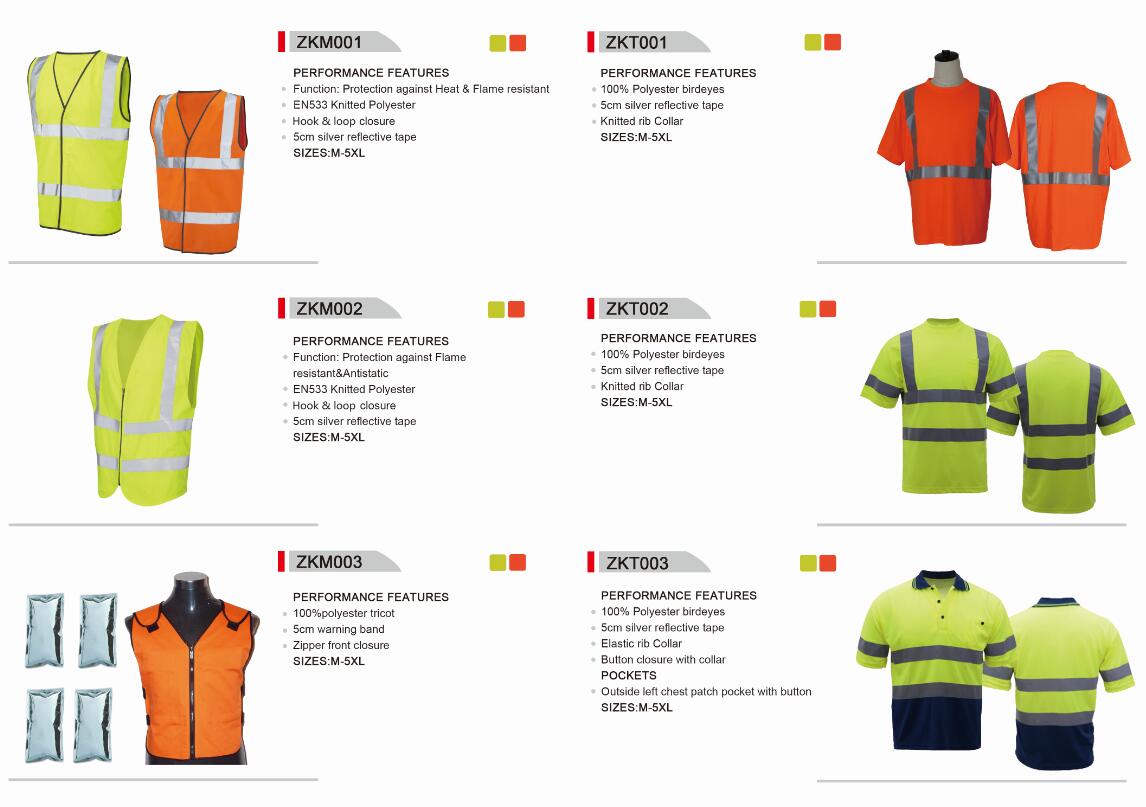The 12.3 accident at the Bhopal Pesticide Plant in India was the largest chemical gas leak in the world. The heavy losses caused by his death and injury shocked the world. Even more than a decade ago, it is still startling. Now this accident is summarized as follows.
1. Accident Overview
December 3, 1984 morning, the center of the federal capital of India Bhopal Union Carbide pesticide plant gas leakage accident occurred. Nearly 40 tons of highly toxic methyl isocyanate (MIC) and its reactants rushed to the sky within 2 hours, followed the northwest wind of 7.4 kilometers per hour , drifted southeastwards, filled with gas for a long time, and covered a considerable part of the city. District ( about 64.7 square kilometers ) . The MIC vapor, which has a high temperature and a density higher than that of air, quickly condensed into a poisonous mist in the atmosphere at 17 °C at that time , and drifted close to the ground. Many people left the world during their sleep. And more people were awakened after being smothered by poisonous gas and rushed to the streets. People were confused by this sudden disaster and were at a loss. The city of Bhopal suddenly became a city of terror. One house was intact, and the bodies of people, beasts, and birds were full of misfortunes. More than 2,500 people died in just a few days, more than 200,000 people were injured in need of treatment.
A week later, five people still died in the disaster every day . Six months after the May 1985 accident also injured 10 people died, more than 3,500 people, according to statistics this accident has died. Victims need treatment, and there are countless miscarriages, fetal malformations, and impaired lung function.
The accident’s economic losses amounted to nearly 10 billion U.S. dollars and shocked the entire world. The chemical production departments of various countries have carried out safety inspections and cleared hidden dangers. They are drawing lessons from this tragic accident and borrowing from the front to prevent similar accidents.
2. Physicochemical properties of methyl isocyanate (MIC)
Methyl isocyanate (CH3NCO) is a colorless, volatile, flammable liquid. The molecular weight is 57 . The boiling point is 39.1 °C . The vapor pressure at 20 °C is 46.4 kPa (348 mmHg) . Vapor density 1 times heavier than air. It is the main raw material for carbamate pesticide carbaryl production. MIC is chemically active, reacts with active hydrogen groups, reacts with water and generates a large amount of heat; it can undergo an exothermic polymerization reaction under the action of a catalyst. There are many catalysts that promote polymerization, such as alkalis, metal chlorides, and metal ions such as iron, copper, and zinc, so the MIC cannot be in contact with these metals. The container that contacts it needs to be made of 304 stainless steel and lining glass material. The pipeline needs to be made of stainless steel or lined with PTFE material. The volume of the container is large, and the MIC volume can only accommodate half of the volume. Store in large amounts at 0 °C .
The MIC product specification requires a content of ≥ 99 %, free chlorine 0.1 %, and trimer ≤ 0.5 %. There is a small amount of phosgene remaining in the MIC . It can inhibit the reaction of MIC with water and polymerization, but phosgene can also provide chloride ions, which can corrode stainless steel containers. Therefore, each set of equipment should be replaced after 5 years of use .
3. The cause of the accident
The causes of this accident were many and many problems existed in many aspects such as the technology, equipment, personnel quality, and safety management in the MIC production process of the plant . Some people conducted a more detailed analysis of the accident and found 67 causes. The following are the main reasons for many reasons. The direct cause of the accident: The tank 610 entered a lot of water ( residues analysis showed that 450 to 900 kg of water had been entered ) and the chloroform content in the product was too high ( standard requirement ≤ 0.5 %, while actual accidents were as high as 12 % to 16 % ) . Without success when December 2 when the MIC with nitrogen transferred to the reaction tank 610 from the tank, department head for pipe cleaning workers command. According to the requirements of the safety operation regulations, the cleaned pipe and the system should be separated and a blind plate should be inserted near the valve. However, the blind plate is not inserted during the actual operation. Water reacts with the MIC after entering the 610 storage tank to produce CO2 and heat. This type of reaction proceeds slowly at 20 °C , but because of heat build-up, chlorine ions provided by chloroform and phosgene act as a catalyst, accelerating the reaction between water and MIC ; and the chloride ion corrodes the pipeline ( newly installed safety valve discharge header) stainless steel but not plain steel), so that the iron ion MIC wherein the catalytic polymerization reaction may also produce a lot of heat, to accelerate the reaction between water and MIC. Heat evaporates the MIC , vapor pressure rises, and the resulting CO2 increases pressure. Therefore, this type of anomalous reaction has become more and more intense. As a result, the pressure in the tank has risen sharply, and the temperature has risen sharply, causing a leakage accident. It was assumed that the pressure in the tank was at least 180 psi and the temperature was at least 200 °C .
The factors of the accident that caused this catastrophic disaster were also compounded by a variety of factors.
(1) The improper selection of the site did not strictly comply with the requirements of industrial enterprise design hygiene standards and did not have enough sanitary isolation belts. When building a factory, it attracted magnetists like the unemployed and the poor to come here. After setting up the sheds around the factory, in the end, the towns of Hora and Jarakash, two poor people, were formed across the street from the factory. The government tolerated this dangerous crowd of people in view of the livelihood of the hungry people. As a result, in this tragic accident, the two small towns happened to be on the factory side, so the residents in the two towns had the most casualties and suffered the most.
(2) The lack of understanding of the poisonous effects of MIC by the authorities and the factory After a major leakage accident, there was no emergency rescue and evacuation plan at all. On the night of the accident, the mayor ( formerly a surgeon ) called to ask about the nature of the poison gas in the factory. The answer was that the gas was not toxic, but it only made people cry. Some citizens called the authorities to ask what happened, the answer was unclear, and the residents were persuaded that the best way to handle any accident was to stay home. As a result, many people live at home and are killed by poisonous gas. Throughout the accident, the communications system did not play a role in maintaining order and organizational evacuation. Dr. Avaia of the Pesticide Factory said: “The company wanted to send a timely advice but was blocked by the poor Indian Ministry of Communications. In the morning of the spill, I spent two hours trying to inform Bo through the phone. Pal citizens, but no answer from the relevant department.
(3) There is only one set of safety device for the poor protection and monitoring facilities of the factory. Due to poor management, it is not in an emergency state and cannot start after the accident. The plant does not have an early warning system like the American factory. There is also no automatic monitoring of safety instruments. The employees of the plant lacked the necessary safety and health education, lacked the necessary knowledge of self-rescue and mutual assistance, and at the time of the disaster, they lacked the necessary security protection. As a result, employees in the accident were helpless and could only escape.
(4) Management chaos process requirements MIC storage temperature should be maintained at about 0 °C , and some people estimate that the plant's No. 610 storage tank is about 20 °C for a long time ( due to the temperature indicator has been removed ) . The safety device was not inspected and maintained, so that in the accident, the combustion tower did not work at all and the shower device could not fully function. And due to be removed of temperature indicating alarm, when at 23:00 on December 2, 610 tank begins to leak, the alarm fails to play the role of, let slip the opportunity to rescue. The shift class is not strict, and regular monitoring and laboratory records are missing.
The plant from 1978 to 1983 has been 6 cases of poisoning had occurred, resulting in the death of one person, 48 people were poisoned. These accidents did not cause the leadership of the plant to attach importance to safety. Failure to earnestly learn lessons has finally led to a disaster.
(5) The poor technical quality of the personnel At 23:00 on the 2nd , No. 610 tank suddenly increased pressure. When reporting to the foreman, he said that it does not matter, showing that he has no knowledge of the possible abnormal reactions. The acute toxicity of the company's management personnel to MIC and phosgene has reached a level of ignorance. They often say to their friends: "When phosgene leaks, cover your face and mouth with a damp cloth, there is no danger."
They often said to the mayor: “All things in the factory are normal. There is nothing worth worrying about. The factory is safe and very safe.†Even the Indian Minister of Labour says, “The Bhopal plant is not at all dangerous and will never happen. thing."
Operational procedures require that the MIC device be equipped with a full-time security officer, three supervisors, two maintenance personnel, and 12 personnel. Key post operators require university graduation. In December 1984 the device without a full-time security officer, only one person in charge of security responsibilities device, a supervisor, a maintenance person, the operator no one graduates, the highest and only a high school education. The person in charge of the MIC device was newly transferred from other departments. No experience dealing with MIC emergency. The operator noticed a sudden increase in the pressure of the MIC tank but did not find the cause of the pressure increase. To prevent the pressure from rising, an empty tank was set, but the operator did not open the valve of the tank. When cleaning the pipeline, there is no blind plate near the valve . The consequences that may occur after the water flows into the MIC tank are unknown to the operator. In case of illegal operations, the actual storage capacity of MIC storage tanks should not exceed 50 % of the volume , while the actual storage capacity of 610 storage tanks exceeds 70 %.
(6) MIC MIC of ignorance rescue acute poisoning vigorously react with water, so water can be more easily broken and its harmful consequences, such as with a wet towel can absorb MIC and loss of activity, when the timely release of this information to residents Can avoid a lot of death and blindness. Medical authorities and medical personnel do not know how to rescue them. When December 5 called Union Carbide said the available sodium thiosulfate rescue, plant fear of causing panic but no public this information. December 7 West Germany with the famous poison expert 50000 thiosulfate came to the scene of the accident in India, indicating that the drug is very effective rescue poisoned patients, but the state government requested the experts to leave dissident Bhopal city.
4. Accident lessons
From this terrible accident that shocked the world, the following lessons can be summed up.
1 For factories that produce chemical dangerous goods, they should be evaluated for hazards when selecting sites before plant construction. According to the degree of danger, there are enough protective bands. After the plant is built, no residential area can be built near the factory area.
2 For devices that manufacture and process toxic chemicals, sensors, automated instruments, and computer controls should be installed to increase the intrinsic safety of the device.
3 The storage of highly toxic chemicals should be limited to maintaining normal operation . The amount of MIC used by the Bhopal Pesticide Plant per day is 5 tons, but the plant has stored 55 tons, and such a large amount of storage is not necessary.
4 Improve safety management procedures and strictly enforce them. Improve the technical quality of operators and eliminate misuse and illegal operations. Strictly shift the class system, complete records, no mistakes, clear responsibilities, penalties and penalties.
(5) Strengthen safety education and health education, raise employees' awareness of self-protection, and promote self-help and mutual rescue knowledge in accidents. Persist in holding a certificate, do not get a security job certificate may not be employed.
6 The equipment for the production and processing of highly toxic chemicals shall have an independent safety treatment system. Once a leakage accident occurs, the treatment system can be started immediately and the poisons can be completely absorbed and destroyed. The system should be regularly overhauled, as long as normal production is in progress, it is in good emergency operation.
7 Do a detailed analysis and handling of minor accidents so as to achieve "three not misses". There were 6 acute poisoning accidents in the plant from 1978 to 1983 , and one person died of poisoning , which has not caused managers to pay attention to safety.
8 All factories that produce and process highly toxic chemicals should formulate emergency plans for chemical accidents. Through prediction, information that could lead to major disasters is made public in factories. In addition, emergency drills should be conducted regularly to ensure that information on protection, first aid, evacuation, evacuation, rescue, and on-site treatment is made clear to all concerned. The potential problems behind a complex and complex accident are many. However, for the safety of dangerous factories, as long as the four elements of technology, people, information, and organization and management are seized, the occurrence of major accidents can be avoided.
The information in this article comes from the Internet and was reorganized and edited by China Rescue Equipment Network.
This Multi Fuction Safety Vest is an upgraded version of the base vest, special vests for special industries. Such as flame fuction safety vest benefit from flame retardant reflective tape as well as limited flame spread binding and can protect workers against occasional and brief contact with small igniting flames, in circumstances where there is no significant heat hazard and without the presence of another type of heat. But it is necessary to know that fire resistance is not equal to incombustibility; Waterproof Safety Vest can protect the wearer from getting wet and keep warm.




Multi Fuction Safety Vest
Multi Fuction Safety Vest,Road Safety Vest,Traffic Safety Vest,Police Reflective Vest
Xinxiang Zhongke Reflective Material Co., Ltd. , https://www.safetyvest.pl